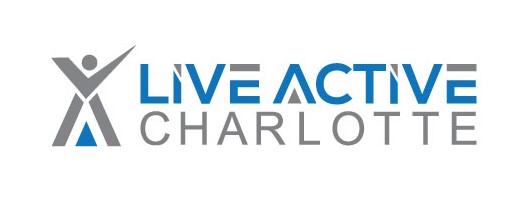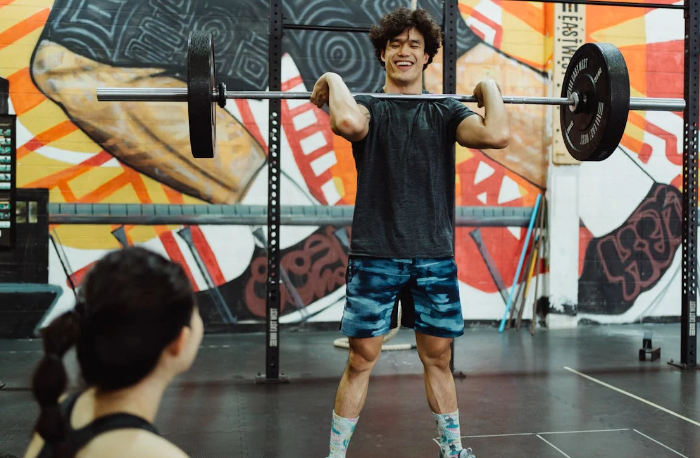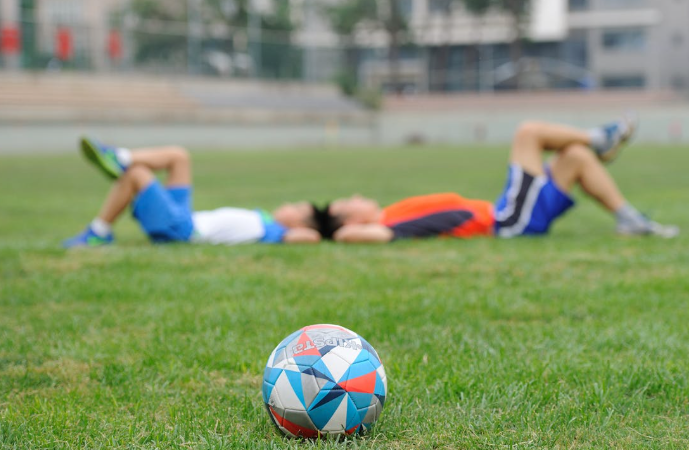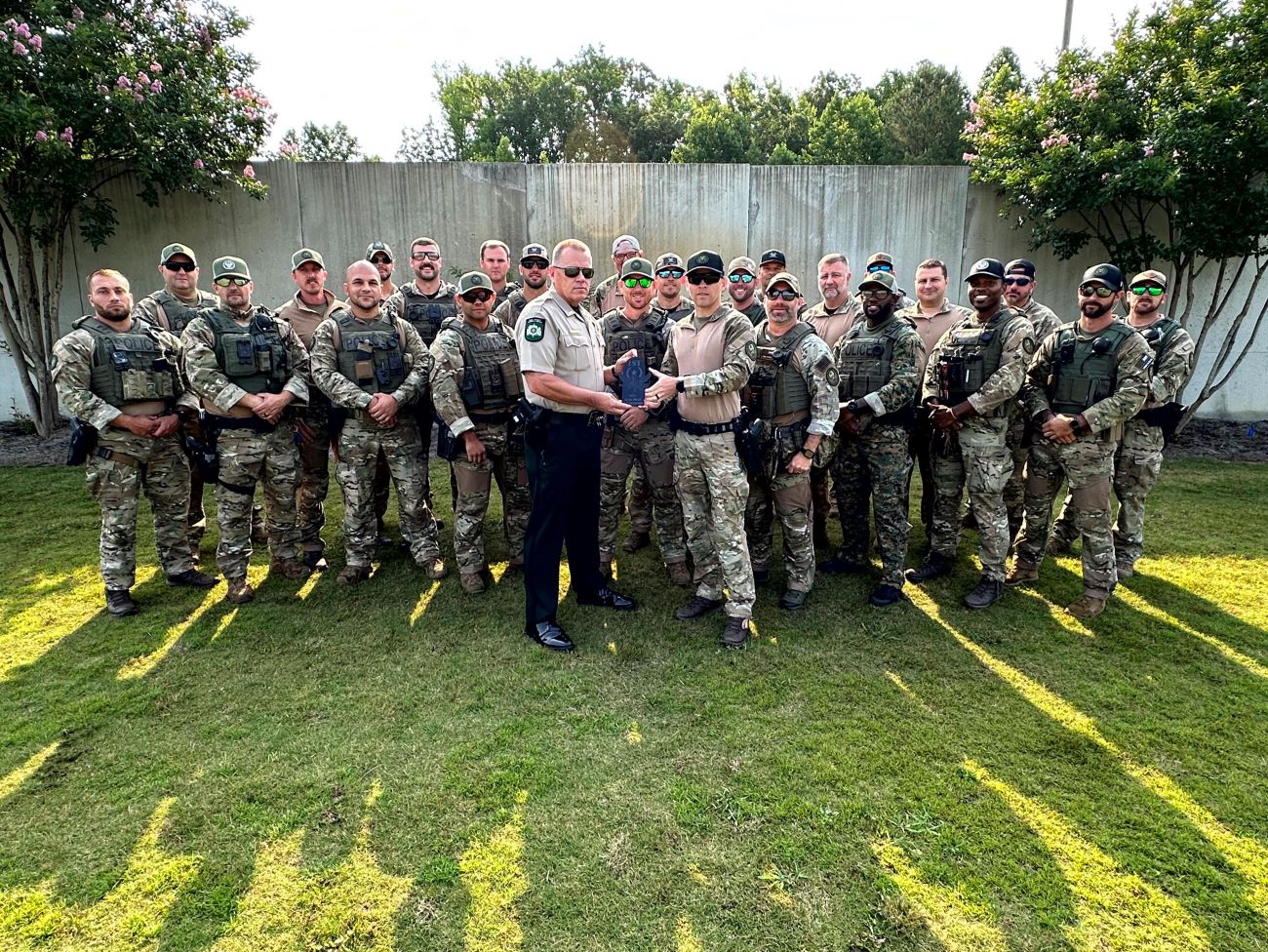There are a handful of exercises that people will argue are “the best”. I’m not going to bore you with that right now. Recently I read an article listing the best exercises you should be doing, and surprisingly, how to do a squat; was not on this list. Such a list made me remember some of the conversations I’ve had with people (CrossFit members, general public, medical doctors, physical therapist, etc) on why the advice they’ve given, or received that they shouldn’t squat
anymore is in poor judgement.
First, there are many variations (back squat, front squat, overhead squat, goblet squat, single leg squat, etc.) of squatting that will allow for a great variety of exercises and some changes in which areas of your body you’ll be training.
Squatting is practical which can translate over to many everyday tasks. Working outdoors, playing with your kids, playing a sport; all can benefit from learning to squat properly. Heck, many of the Asian populations squat when during many daily tasks, instead of sitting in chairs. And I’m willing to bet their incidence of knee pain is drastically less than in the U.S!
In terms of the top muscle building and fat burning exercises, squatting is near the top of the list. It is a compound movement, requiring work from both the upper and lower body to perform correctly. As a total body exercise, it’s a potent stimulator of muscle building and fat burning hormones such as testosterone and growth hormone. Those hormones provide an anabolic (stimulates protein synthesis and muscle growth) environment for all areas to grow when trained. If you want to increase muscle mass and strength in all areas, squatting will help you
get there.
A great benefit of squats is the ability to get a lot of joints moving at once. A proper squat requires core stability, in addition to proper movement in your hips, knees and ankles. Many people that train with us will say, “I can’t squat because I have bad knees”. More times than not, they have bad knees because they cannot squat properly. Time and time again, we see people with “bad knees” that learn and work to squat properly; often resulting in diminished knee pain than prior to exercising.
One of the main reasons people find proper squatting to help improve their knee pain is because they are a great exercise to strengthen the posterior chain. In today’s “look at me” society, many people only focus their training on muscles where they can see the results quickly; for example, the chest, biceps and quads. The posterior chain is a group of muscles including the lumbar spinal erectors, glutes and hamstrings. The training of these muscles will
not look as “sexy” as the others, but will help in the prevention of back and lower extremity injuries, in addition to creating huge amounts of power output for athletic endeavors.
Each type of squat challenges the core in different ways. Studies have shown that core contractions during back squats are greater and more intense than during a traditional crunch. If you’re looking for a stronger, a more firm core; make sure squats are part of your program.
Lastly, and perhaps the greatest reason for learning to squat is that it’ll keep others from doing bicep curls in the squat racks!

Dr. Brian Strump is a chiropractor and owner of Live Active Charlotte, a CrossFit/functional fitness gym located in the Steele Creek area of Charlotte.
If you’re interested in making a change in your health or simply have questions, you can learn more about Brian and his staff by visiting: liveactiveclt.com











